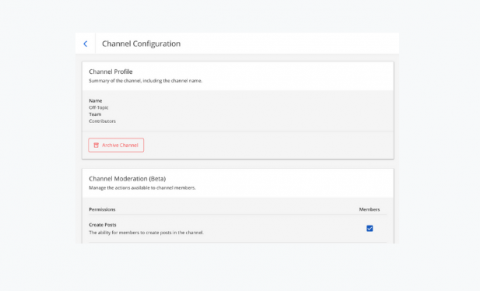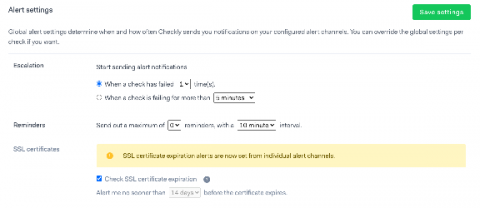5 Tips For Creating a Fantastic Self-Service Portal
Help me help myself, or I’m out – is the new mantra this ‘always on-demand’ generation is using to get things done. They want solutions, and they want solutions now. The strong presence of technology surrounds millennials and gen Z. They prefer instant workarounds and minimal human interaction. So, it is only natural to add the self-service technology that has apparent benefits for meeting millennial consumer behavior.











